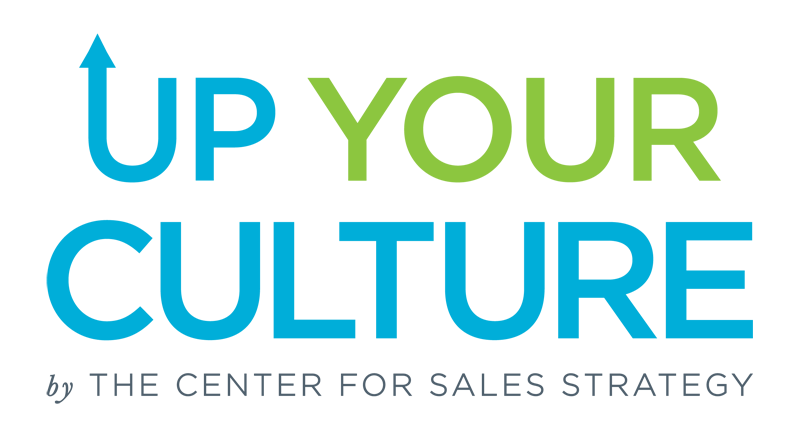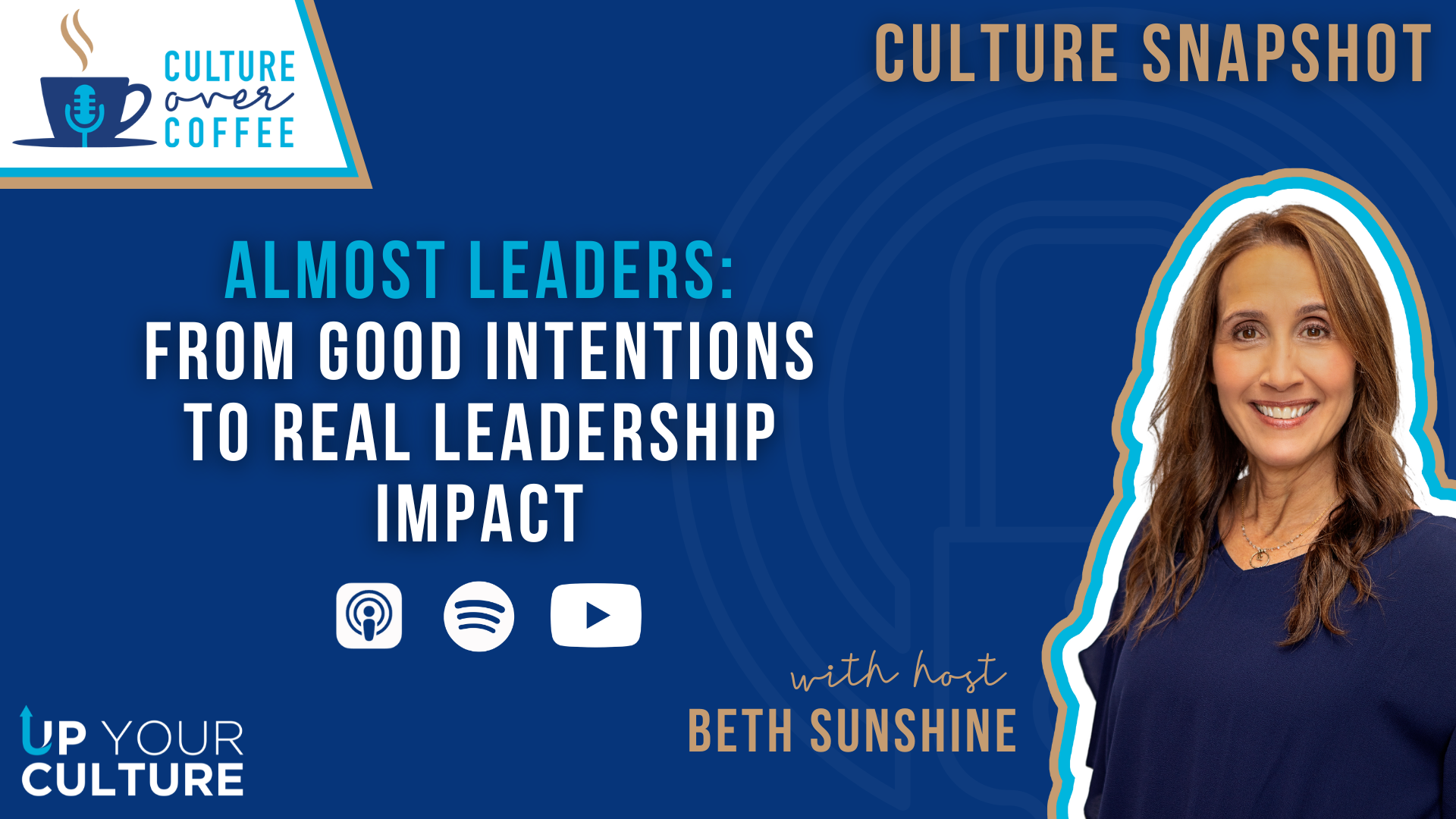
Leaders play a pivotal role in shaping the environment in which their teams operate. One key strategy to achieve this is conducting a validated engagement survey—an essential step toward understanding and enhancing the workplace atmosphere.
In this blog, we dive into three crucial actions that leaders should undertake annually to drive a robust and positive culture within their organizations.
1. Conduct a Validated Engagement Survey (and do it right)
- Start with a strong foundation: Choose a scientifically validated survey tool with proven effectiveness in measuring employee engagement. Look for assessments that provide support and strong digital dashboards, such as Culture Amp and Energage.
- Ask the right questions: Understanding the questions to ask that impact engagement and how they impact engagement.
- Seek diverse voices: Ensure the survey reaches all employee demographics and departments, including remote workers.
- Maintain anonymity and transparency: Guarantee confidentiality to encourage honest responses. Be transparent about the survey's purpose and intended use of results.
2. Actionable Insights: Turning Data into Improvement
- Analyze beyond averages: Dig deeper than overall scores to identify specific drivers of engagement and disengagement across teams and roles. Look for patterns and trends.
- Develop targeted action plans: Create concrete initiatives based on insights. Address key concerns and leverage strengths. This could involve improving communication, enhancing skill development, or fostering work-life balance.
- Set SMART goals: Define specific, measurable, achievable, relevant, and time-bound goals for each action plan. Track progress and hold yourself accountable for results.
3. Nimble Turnaround Time: Reacting with Speed and Effectiveness
- Communicate results promptly: Share key findings with employees within a reasonable timeframe (ideally within 1-2 weeks). Transparency demonstrates your commitment to addressing concerns.
- Prioritize quick wins: Implement small, achievable actions within a short timeframe (around 3 months) to show momentum and build trust. This could involve improving feedback practices or organizing team-building events.
- Be Prepared with a Plan: Chances are the survey will identify opportunities for improvement, finding a partner to work with your HR team and people leaders to implement bite-sized, consistent learnings around the key areas of focus can make a significant impact. Up Your Culture, has such a program and to learn more, click this link.
- Regularly monitor and adapt: Track progress, measure the impact of implemented actions, and be prepared to adjust your approach based on real-time feedback and evolving needs.
Bonus Tip: Encourage open communication channels beyond the survey. Host regular team meetings, one-on-one sessions, and pulse surveys to maintain a continuous dialogue and gather ongoing feedback.
Conclusion
Leaders who prioritize the three action areas—conducting validated surveys, turning data into actionable insights, and maintaining a nimble turnaround time—gain a deeper understanding of their organization's culture. This understanding lays the groundwork for building a culture of engagement where employees thrive, and businesses prosper.
Remember, a thriving workforce is the linchpin to a thriving business. By embracing these strategies, leaders embark on a journey to cultivate a workplace culture that is not only resilient but also poised for sustained success.









Leave a Comment